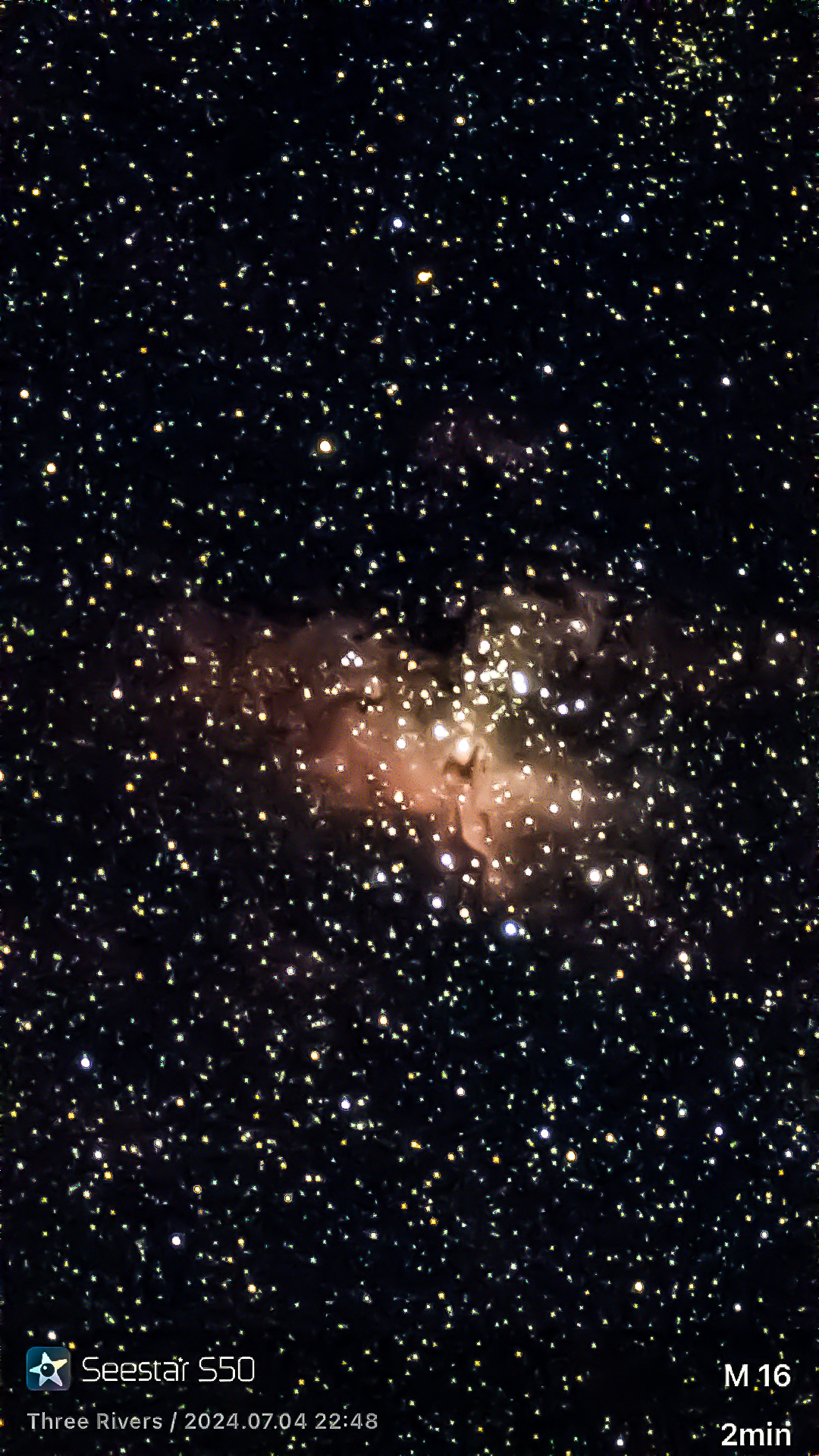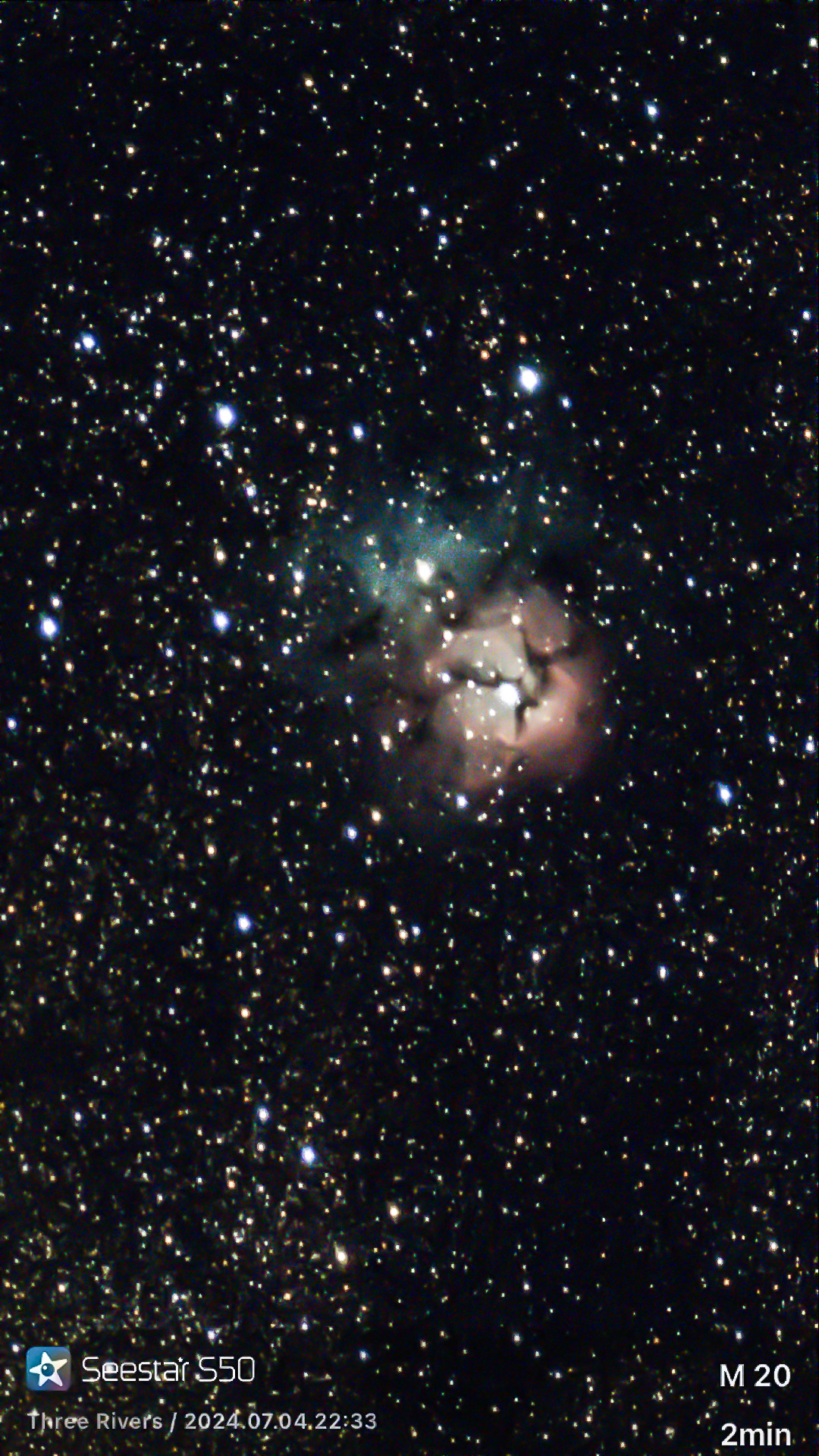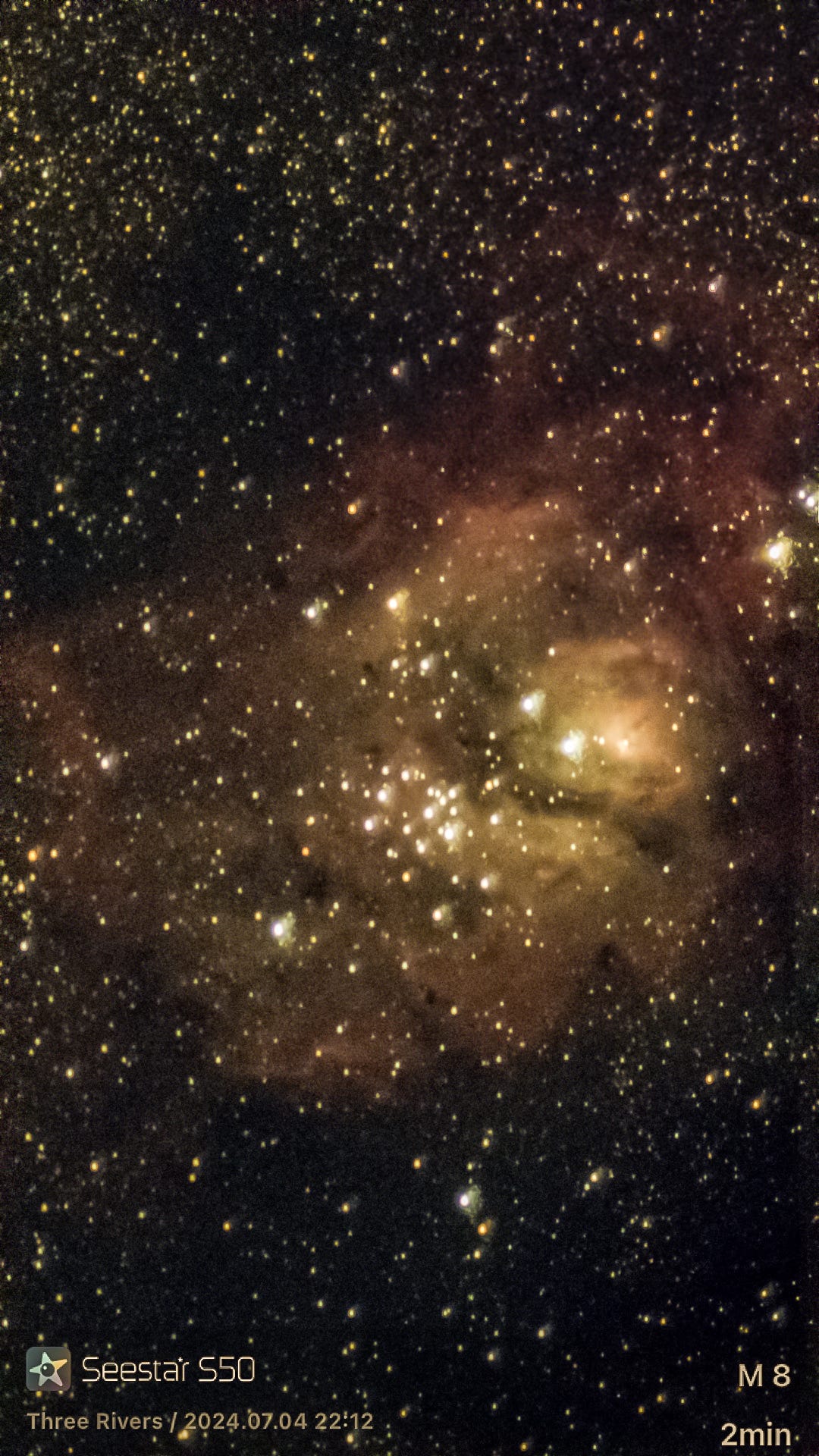The Democratic Party, the press, and the President continue to compete for the hearts and minds of the American people. In the last two days, Joe Biden made a campaign appearance and sat for two radio interviews, which were largely ignored by the media. Finally, on Friday (in response to criticism of their news blackout of Biden’s campaign), outlets began to acknowledge that Biden was making strong appearances on the campaign trail.
But it isn’t enough. Joe Biden is still on probation with the media and many Democrats after 3-1/2 years of the most successful presidency in the last 75 years. The upcoming interview with George Stephanopolous has already been adjudged beforehand to be “not long enough to dispel doubts.” The goalposts are being moved, and new rules are being applied to Biden.
[I wrote the above paragraph before the interview and did not have access to ABC. If you want a fair report on the interview, see Lucian K. Truscott IV, Was the ABC interview enough? Lucian’s answer is “No,” but Lucian continues to support Biden.]
Meanwhile, Trump’s advisors are calling for the resumption of nuclear testing in the next Trump term (if there is one). What could go wrong? And Trump is trying to pretend he has never heard of Project 2025—a clear admission that he is aware of how toxic the plan is to democracy. And the Trump campaign is on the edge of open warfare with the evangelical wing of the Republican party, which is demanding that the decades-long demand for a constitutional amendment banning abortion remain in the 2024 GOP platform.
But, the front pages of the media are all-Biden, all the time. Scale. Thumb. Clicks. Revenue.
The mix of emails from readers in my inbox is now about 50%-50% in advocating that Joe Biden step aside. There is a decided uptick in emails that say, “I support Joe Biden, but others don’t, so I think he should go.” That dynamic describes a self-fulfilling feedback loop. I urge readers to decide what they think is right and stick with it. But they are being worn down and are exhausted by the fight. That’s understandable—but if you can, stay the course! Let party leaders engage in game theory; don’t let anyone tell you what to think!
About 10%-15% describe why they believe Joe Biden is incompetent to continue as the Democratic nominee. I urge those readers to do everything in their power to identify a replacement candidate and create a pathway to success for that candidate. Having Joe Biden withdraw is not a plan. Those who advocate that path should promote a candidate who can win.
I believe that Joe Biden is the Democrat with the best chance of beating Trump. Unless and until he tells us otherwise, he deserves our support. He has mine. I hope he has yours, too. If not, be part of a forward-looking solution to beat Trump. Exploring such solutions could illuminate your decision whether to continue supporting Joe Biden.
Weekend lessons from astronomy
I am on a long-planned Independence Day holiday with my family in Sequoia National Park. The timing could not be better. Spending time with family in the beautiful Sierra Nevada has been rejuvenating. Although I have the ability to follow the news for a portion of the day, family activities have curtailed that ability substantially. Good!
I want to share some of the sense of perspective and calm I have felt for the last three days. It has been a rough patch, and we all need the opportunity to decompress.
As most of you know, I am an amateur astronomer. (Emphasis on amateur.) On the 4th of July, I had the opportunity to use my astrophotography gear (SeeStar S50) to take photos of deep-sky objects. Below is a reflection on my experience of attempting to locate and photograph tiny objects in the vast night sky. Is there a parallel to our current political situation? I will let you decide.
+++++++++++++++++++++
Lesson one.
Like all astronomers, I set up my equipment as soon as the sun dropped below the horizon. Of course, the sky was awash in light for at least another hour. I used that time to level my telescope and recalibrate the internal compass, and then I waited for the first stars to appear.
Patience.
As I sat under a fully illuminated sky next to my telescope, a passerby asked me what I was doing. “I am waiting for the stars to appear so I can take photos.” The passerby said (in a helpful way), “Why don’t you just come back when the stars are out?”
Patience.
We should not confuse busyness with productivity or distraction with purpose. Within each frame of reference, time passes at a constant rate: One second per second.
No amount of worry or self-imposed haste will change the flow of time. One second per second. The heavens will not turn more quickly or slowly to suit our ends. The first stars will twinkle to life when the earth and sun arrange themselves to allow us to see the stars. Not a minute before, not a minute after.
As the air cooled and the sky’s hue darkened, my eyes sensed flashes of light in the periphery, but no stars could be seen head-on. And then one star twinkled to life. And another. And another. In a few minutes, there were too many stars to count. The night sky had arrived.
The first lesson of astronomy: Patience.
Lesson two.
My observation spot was at 7,000 feet but surrounded by steep mountains and towering pines. In mid-summer in California, the “interesting” deep sky objects are low on the horizon. Could I see the nebula above the tall peaks that surrounded me? Or through the dense trees that created narrow, vertical shafts through which I could view thin slices of the sky?
I set my sights on a vertical opening between two tall trees that framed a saddle between two peaks. If it were possible to see the prized nebulas, it would be in that small patch of the sky.
As the sky grew darker, I used my telescope guidance system to identify stars that appeared in my window into the night sky. As I pointed to each star, my telescope responded, “Unknown object.” “Unknown object.”
There are so many stars in the night sky that most of them do not have names (at least not names that appear in amateur catalogs of stars containing millions of identified objects).
So, I waited for a familiar star to appear in my little window into the universe.
Patience.
After 15 minutes, a star with a deep orange glow peeked through the trees. “Ah! I know you! Hello, Antares.”
With Antares as a guide star, I knew exactly where I was looking into the night sky. That was all I needed to begin my observation session.
Lesson two: Find a guide star.
Lesson three.
With Antares as my guide star, I could now make a plan. Using a program that models the movement of objects in the sky (a stellarium), I could predict what objects would appear in the small window between the trees and peaks.
According to science, if I waited 45 minutes, I would begin to see nebulae pass through the narrow opening between the trees and peaks.
Using my stellarium, I identified the deep sky objects I wanted to photograph. And then I waited.
Patience. I was following my guide star. And I had a plan.
Lesson three: Make a plan.
Lesson four.
At the appointed time, I looked through the narrow shaft, expecting to see the Lagoon Nebula. Nothing. But I booted up my scope and instructed it to lock onto the Lagoon Nebula. Two minutes later, my scope said, “Object centered.”
Using a green laser on top of the scope, I could see the laser pointing through an opening in the branches of a tall pine. Ah, success! The plan worked!
Now, it was up to the astrophotography camera. It opened its shutter and began stacking photons from a nebula four thousand light years away.
The rest of the work was up to the camera. As it whirred quietly, I had time to sit back in my chair and stare up at the sky, which contained millions of unnamed stars.
I took the time to enjoy the view.
I had sat in this same spot as a boy, a teenager, a newly married man, a young father, a mid-career professional, a seasoned trial lawyer, and as leader of a global law firm. And now I was sitting in the same spot as a retired grandfather and husband with my family safely tucked away in a small cabin just down the road.
In each of those moments, time passed at one second per second. The heavens turned at their stately pace, oblivious to our worries. We can take the time to enjoy the beauty of the night sky—or not. We can take the time to appreciate the vastness of space that both humbles and elevates us—or not. We can allow our bustle and haste to take us away from the spot where we patiently wait for our objectives to rotate into view—or not.
As long as we are here, we should enjoy the view.
Lesson four: Enjoy the view.
Concluding thoughts
Lessons from my weekend astronomy:
Patience.
Find a guide star.
Make a plan.
Enjoy the view.
Do those lessons teach us anything about our present turmoil? About the next four months? About the next decade? About our lives? I will allow you to draw your own conclusions.
Enjoy the rest of the weekend, everyone!
++++++++++
I have included four pictures I took on July 4, 2024, from Silver City, California, in Sequoia National Park.
Eagle Nebula
Omega Nebula
Trifid Nebula
Lagoon Nebula







Biden has shown wisdom, patience, steadiness, fortitude, while the media has been hysterical, irrational, and critical with no solutions. I am a stronger supporter of Biden than ever.
I am a strong supporter of Joe Biden. There is simply no one else with his foreign policy experience, which he has put to good use. Thanks for the sky photos!